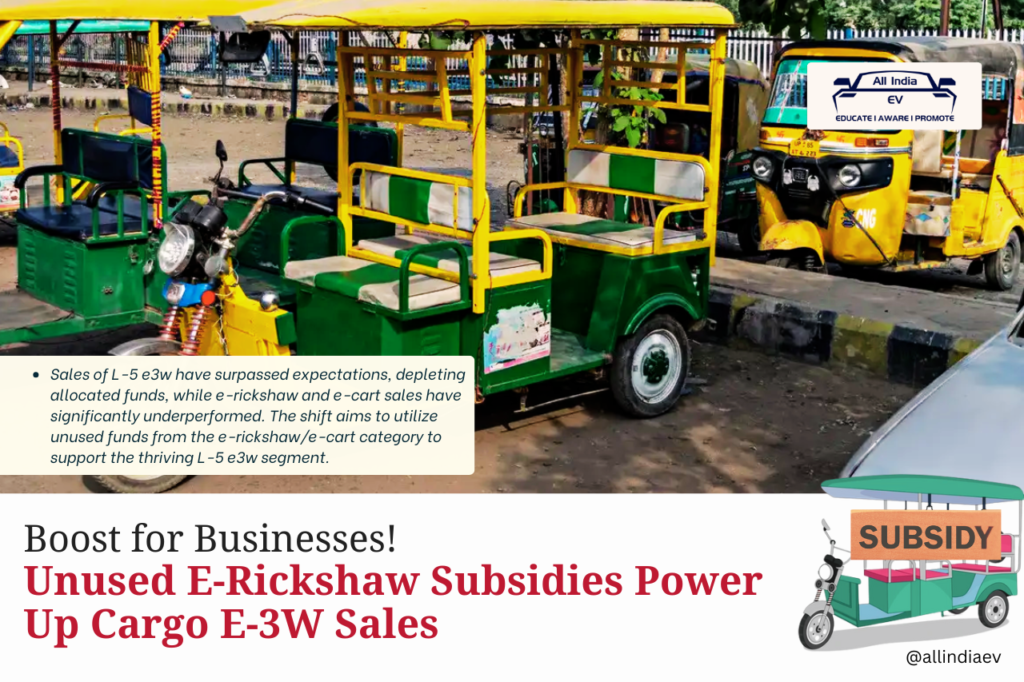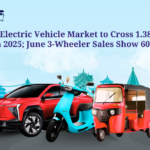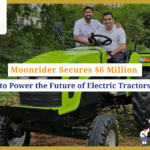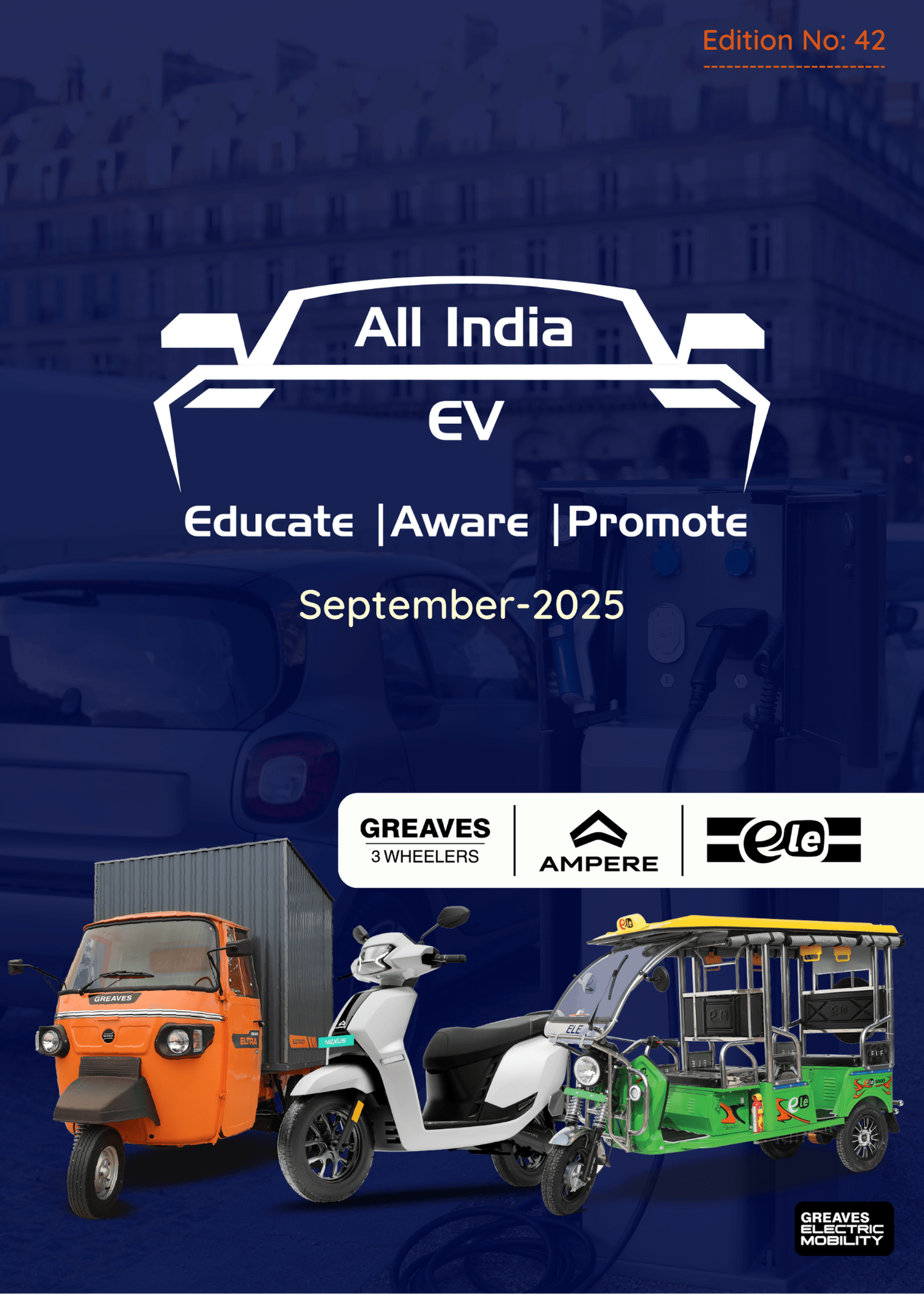
PM E-DRIVE May Shift Unused E-Rickshaw Subsidies to Meet Surging Demand for L-5 Cargo Electric 3-Wheelers Amid Fund Shortages
In response to soaring demand for cargo electric three-wheelers (L5 e3Ws), the Centre is considering reallocating unused subsidies originally earmarked for underperforming e-rickshaws and e-carts. The move comes as sales of L5 e3Ws have significantly outpaced expectations under the PM E-DRIVE scheme.
Cargo E3W Sales Surpass Expectations
According to government officials, over 1.55 lakh L5 electric cargo three-wheelers were sold by the end of May 2025, achieving more than 75% of the scheme’s target for this segment well ahead of schedule.
“Sales of eligible e-rickshaws and e-carts have lagged. Subsidies earmarked for them will be used for L5 e3Ws, where strong demand is being registered,” a senior official told The Economic Times.
E-Rickshaws and E-Carts Underperform Sharply
In contrast, e-rickshaw and e-cart sales have been sluggish, with only 2,736 units sold so far—just 2% of the targeted 1.10 lakh units under the scheme. This stark underperformance has led policymakers to explore subsidy realignment to support segments showing stronger market traction.
Current Incentives Under PM E-DRIVE
Under the ₹500 crore PM E-DRIVE scheme, launched in September 2024, incentives are provided for electric two-wheelers, three-wheelers, cargo e3Ws, e-buses, charging infrastructure, and testing facilities.
- The scheme offers ₹5,000 per kWh incentive for domestically manufactured electric 2W and 3W vehicles registered on or after April 1, 2025.
- These incentives will continue until March 2026, or until the subsidy pool is exhausted.
Original Allocation vs. Market Reality
- ₹515 crore was earmarked for 2,05,392 L5 cargo e3Ws
- ₹300 crore was allocated for 1,10,596 e-rickshaws and e-carts
With the cargo e3W segment rapidly nearing its limit, and e-rickshaws showing negligible uptake, the government is preparing to divert remaining funds from low-performing segments to support high-demand ones.
Previous Amendments Point to Trend
In November 2024, ET reported that L5 e3W sales had already met the full-year quota within weeks of launch. This prompted the Centre to amend the scheme, reducing per-unit incentives and tapping into subsidies allocated for FY 2025–26, ensuring the momentum could be sustained.
Conclusion: Policy Responds to Market Dynamics
As India’s EV market evolves, policymakers are pivoting to ensure government incentives support the most impactful segments. The proposed reallocation from e-rickshaws to cargo e3Ws reflects a strategic shift to align subsidies with actual adoption trends, boosting last-mile logistics electrification.










